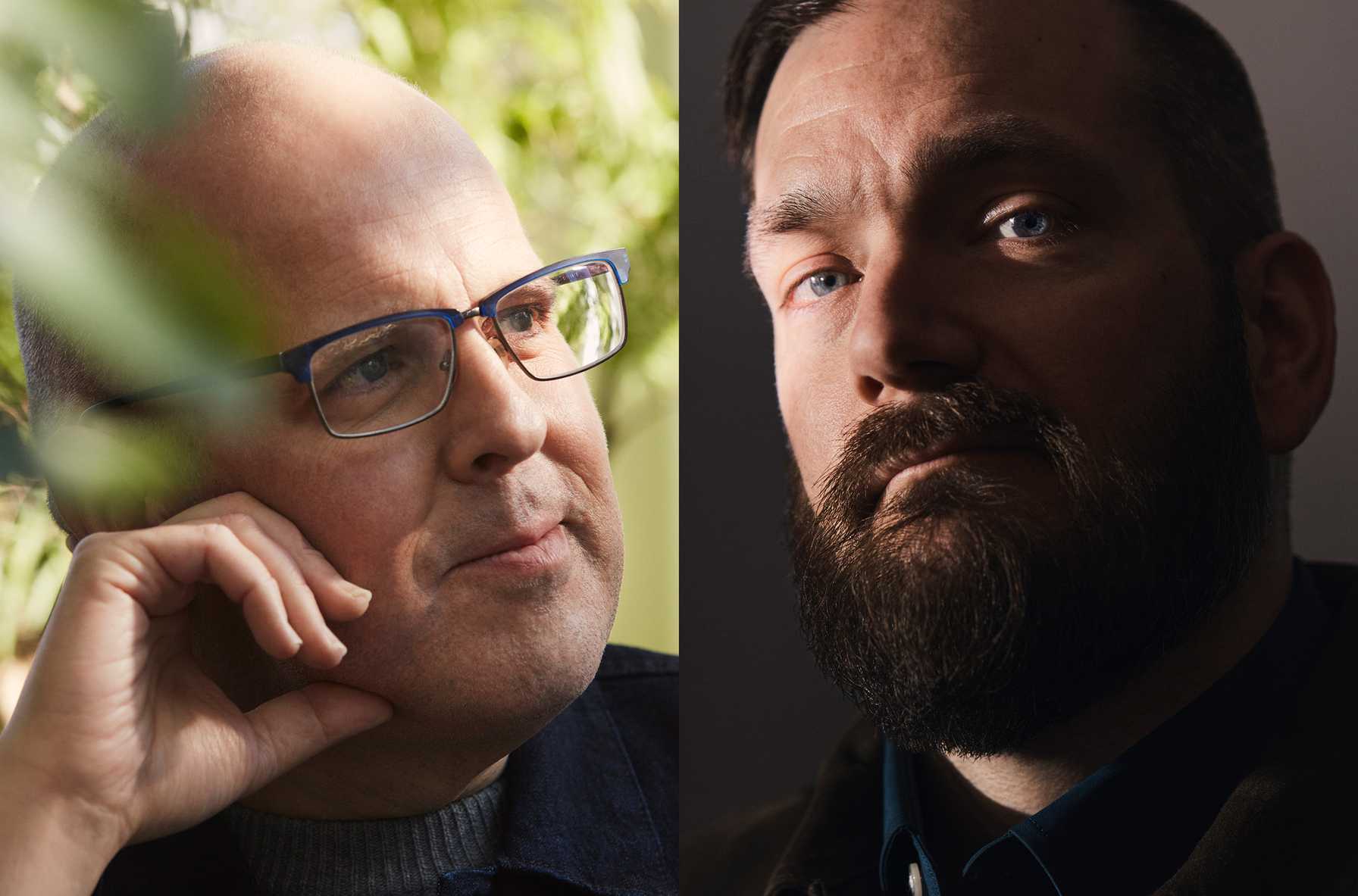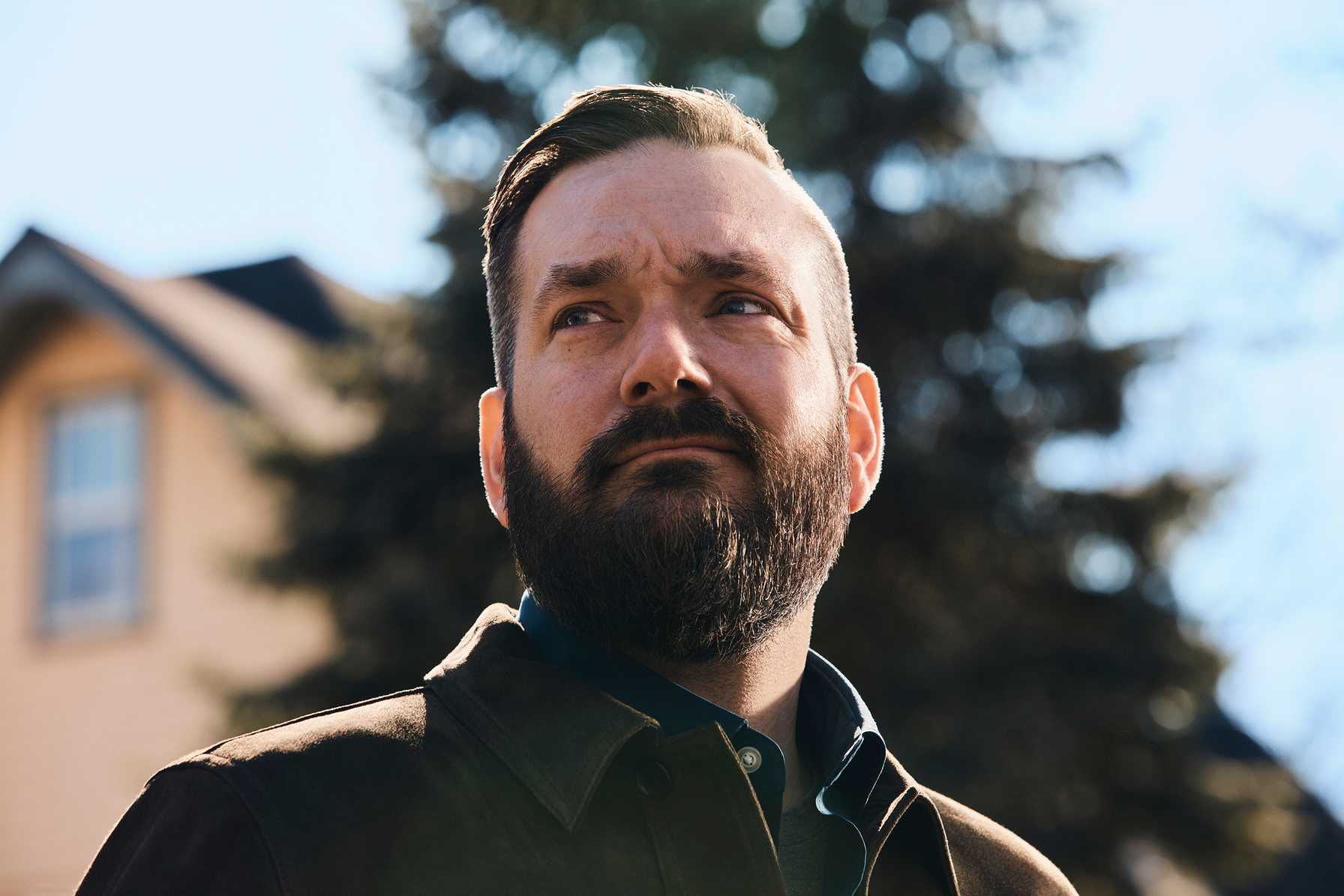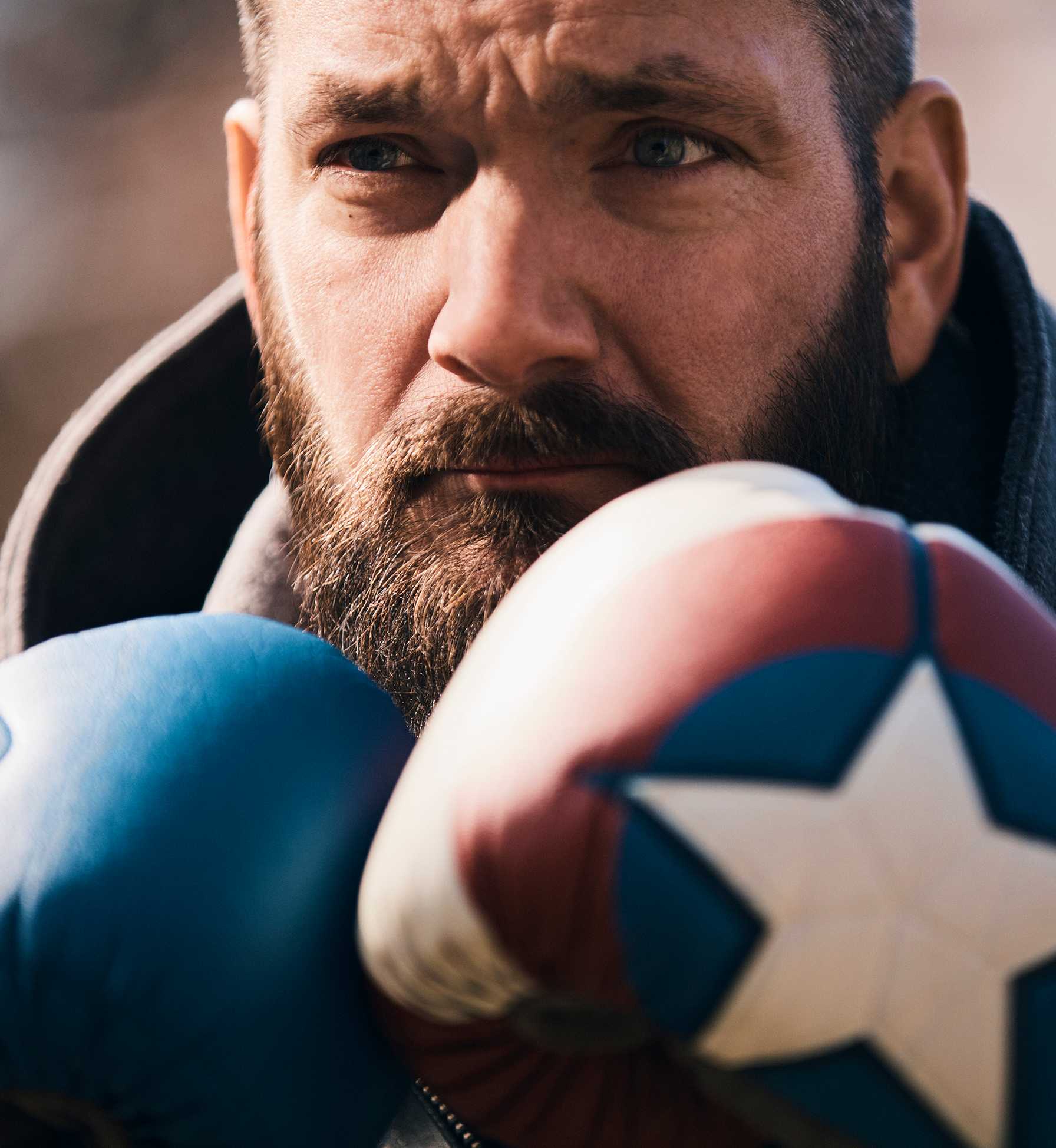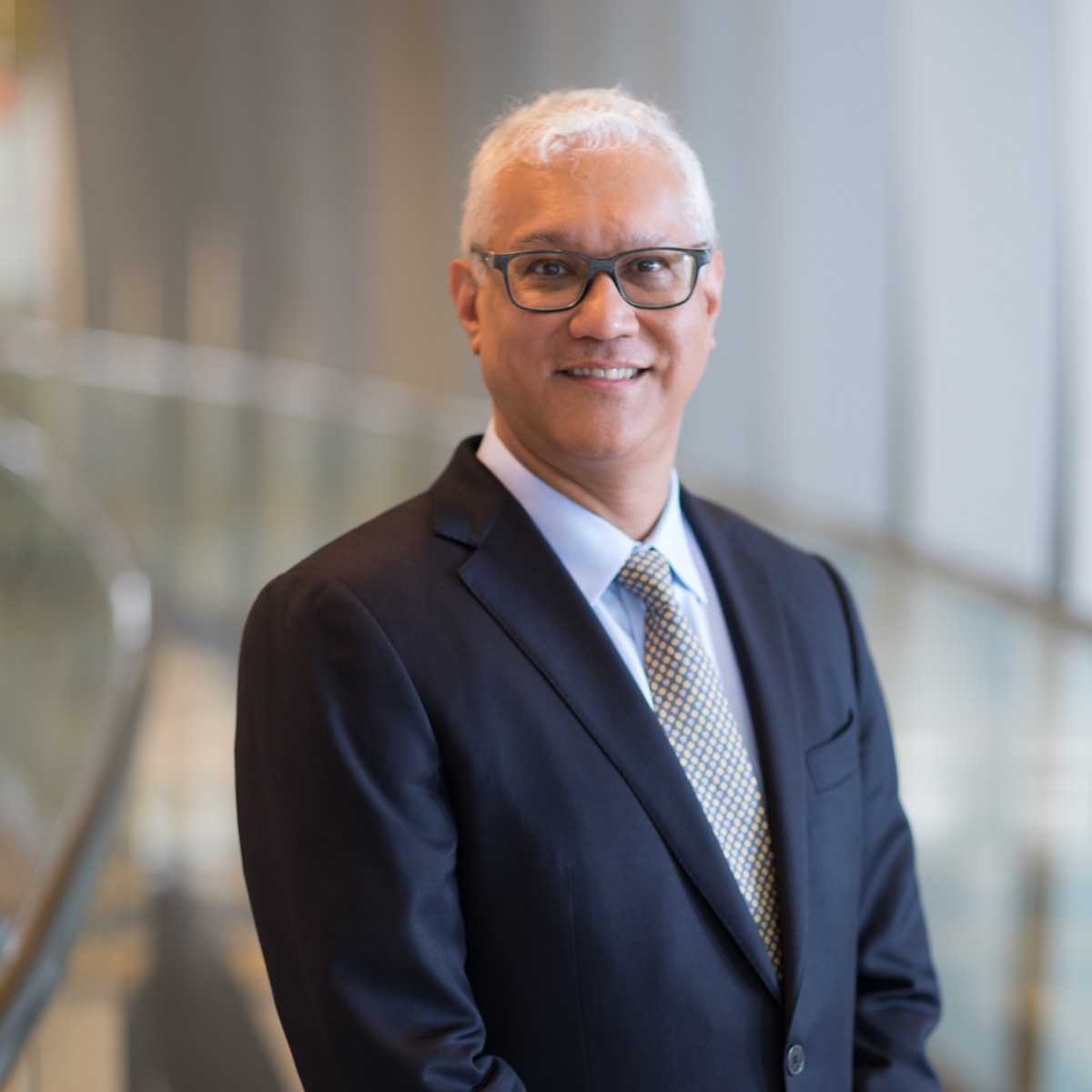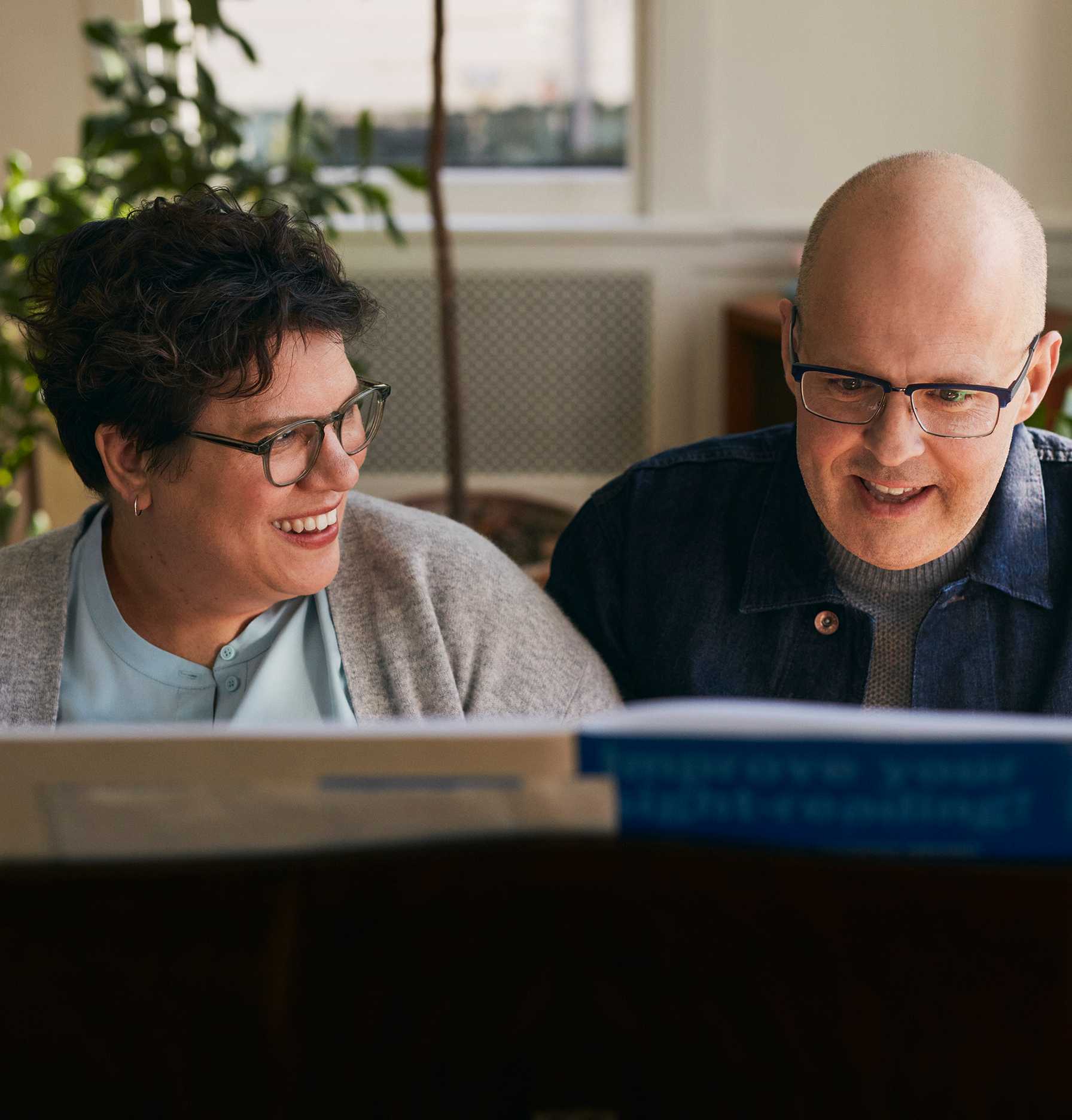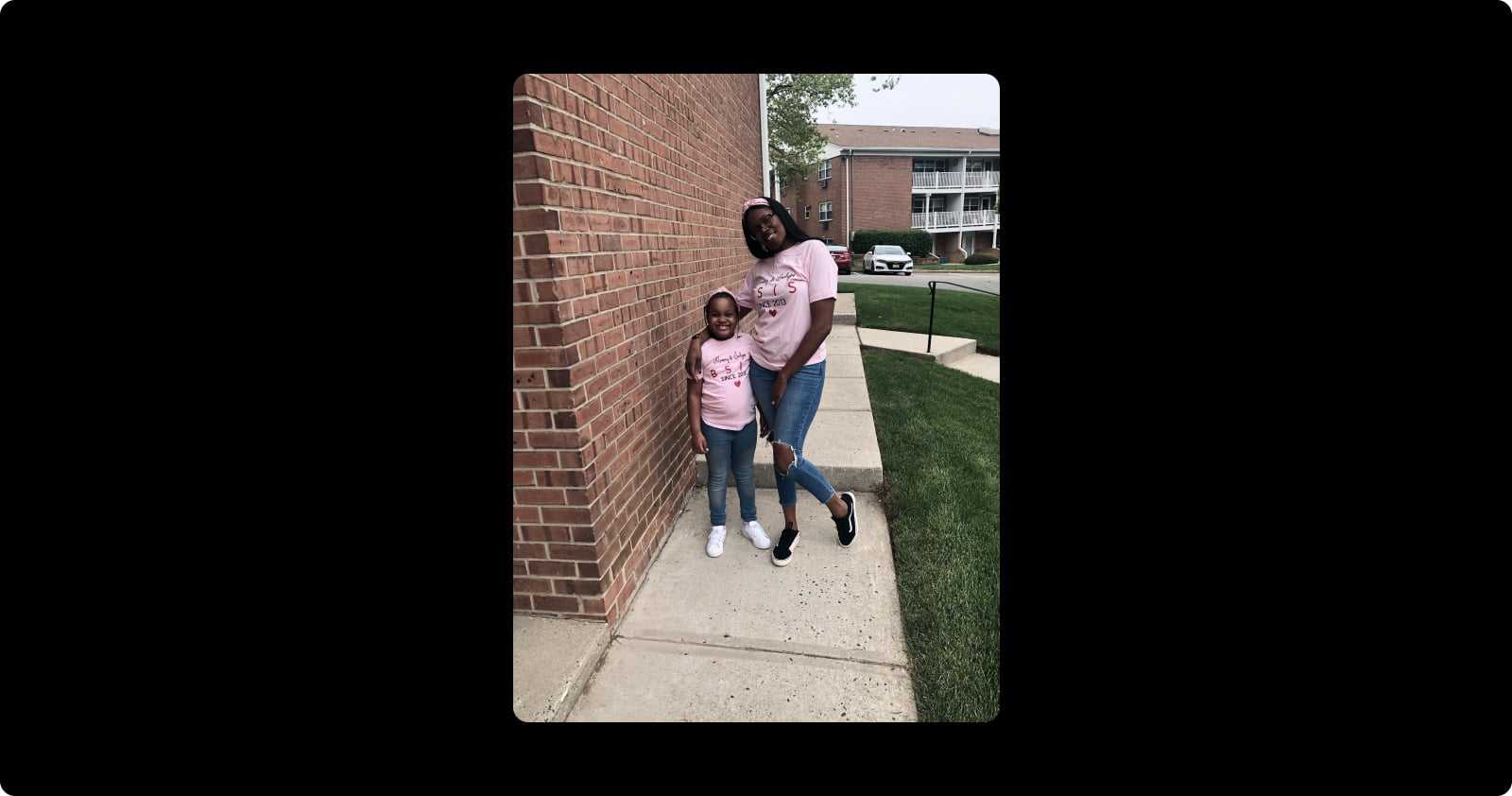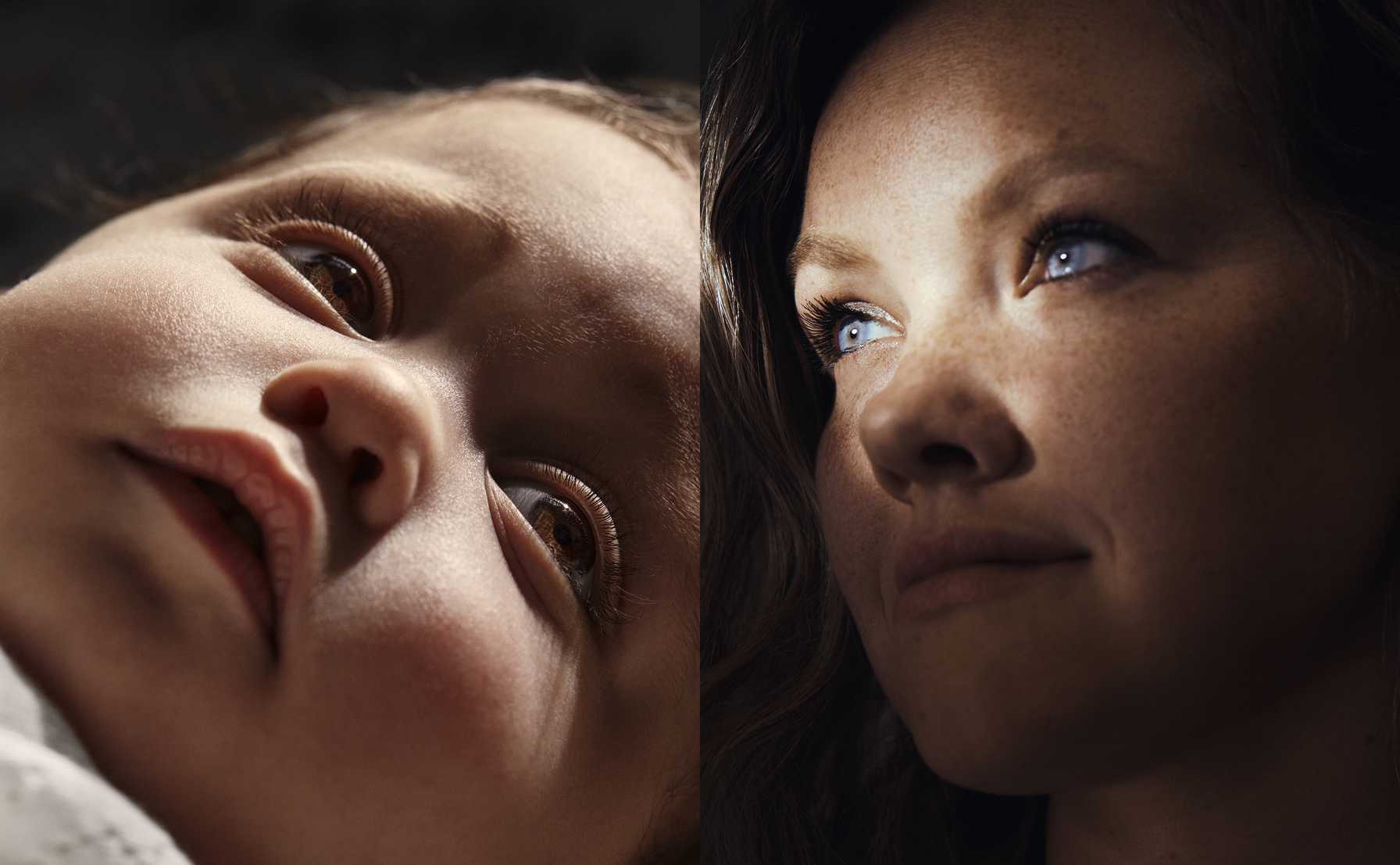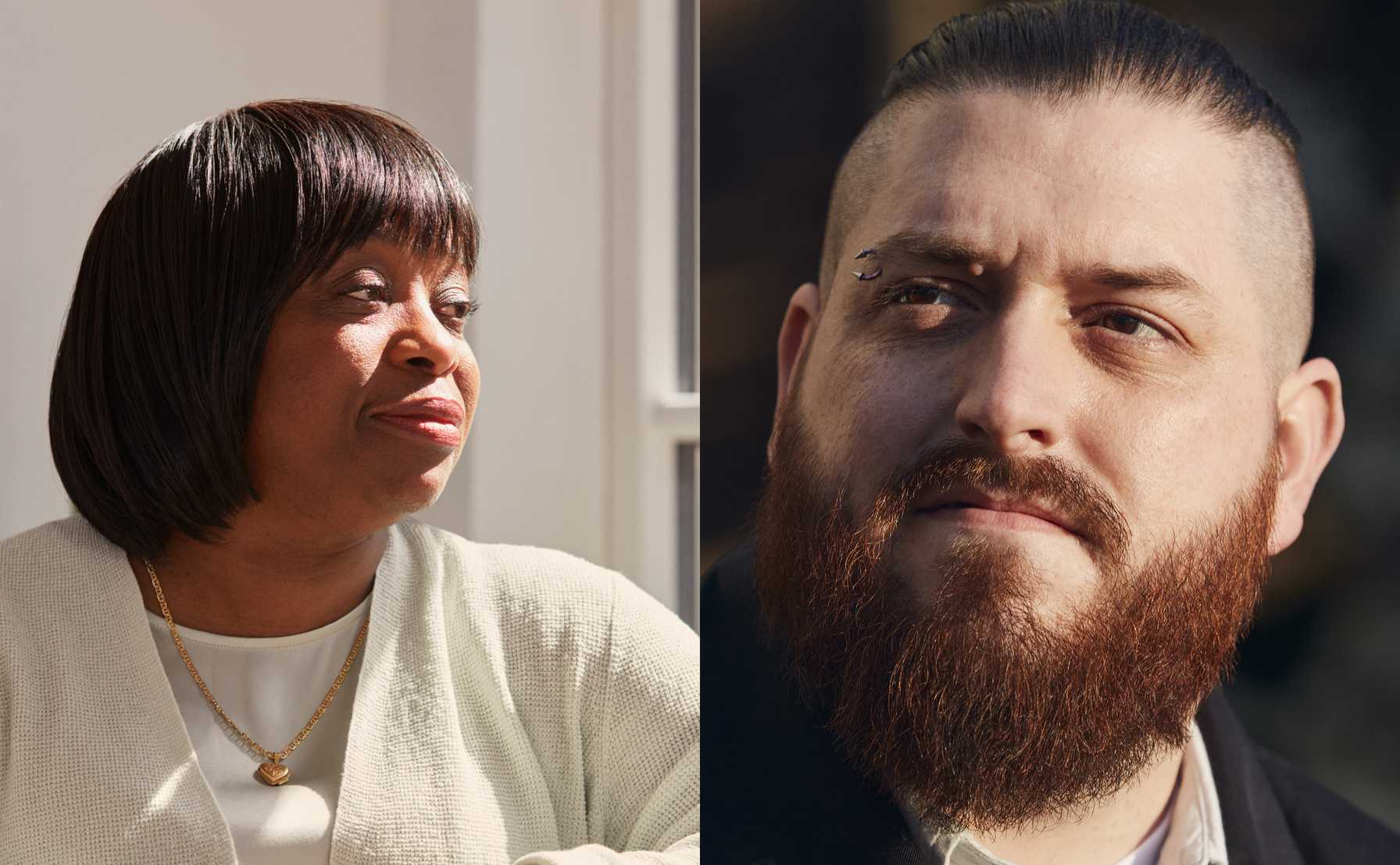When finding a hero became a matter of life and death
Paul, left, 45 years old, scientist, New York, NY; and Jeremy, right, 39 years old, company director, Memphis, TN
Paul Gibson needed a hero. He had severe cirrhosis, and his liver was failing. The side effects alone were brutal. His abdomen grew so swollen with fluid that it looked like a bowling ball. A transplant would save the day. But Paul was nowhere near the top of the donor wait-list.
Paul sent out a distress signal—a short video that explained his situation and asked for living-donor applicants.
The scientist summoned his wry British humor to end with a zinger, adding some levity to an admittedly serious request.
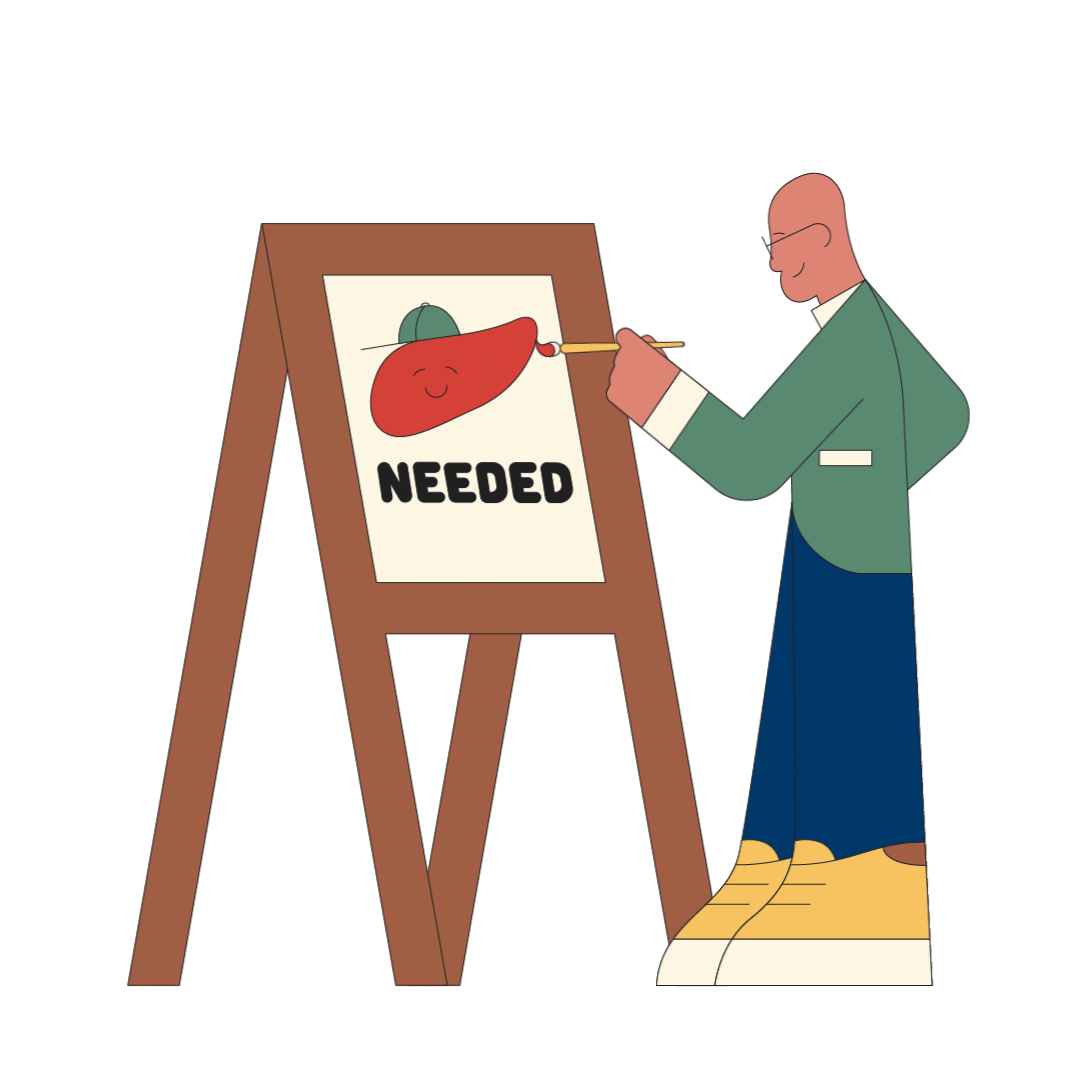
I like finding the bon mot, the witty line.
Paul Gibson
Jeremy had been looking for a way to help someone in need.
Jeremy Jones got the joke. But, more importantly, he got the message. The 39-year-old director of a small business in Memphis saw the video on social media.
And he’d actually met Paul a few months earlier, at a friend’s wedding.

Maybe I’ll give it a shot and see if I’m a compatible match. I told my wife about it, and she was like, ‘I think that’s a great idea.’
Jeremy Jones
So, here’s the thing about Jeremy: he’s big into superheroes. Crime-fighters, high-flyers, masters of the universe—you name it, he owns the costume.
But what’s truly super is how he channels his obsession into a force for greater good.
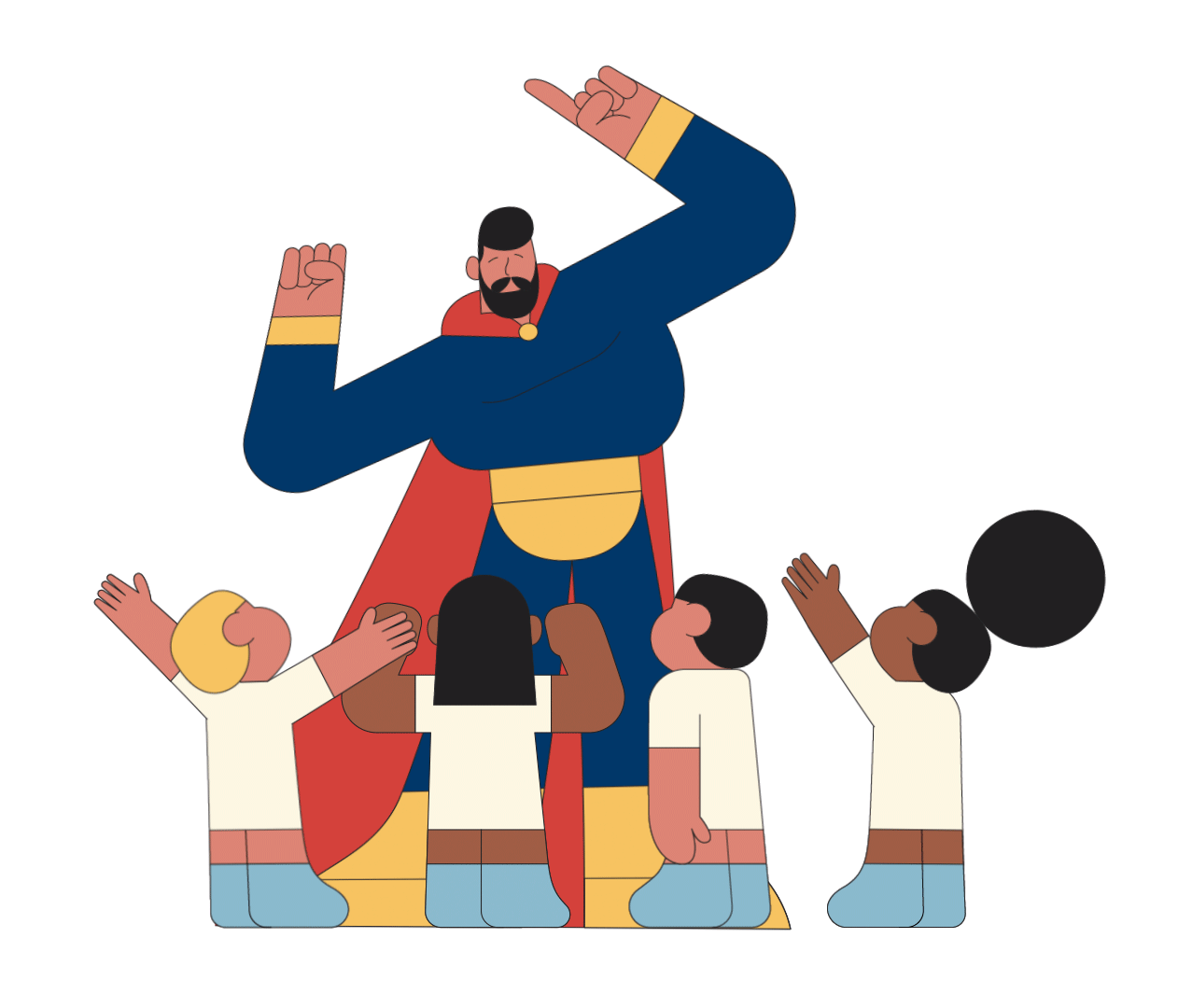
A lot of hospitals have a volunteer link on their websites, and I just literally wrote in there, ‘I want to come visit as Batman.’
Jeremy Jones
Jeremy even started a group in Memphis that sends superheroes to visit sick children in hospitals.
His altruism impressed the Montefiore-Einstein doctors—but they had a few questions.
After recovery from surgery, Jeremy made sure he was fighting fit again.
I don’t have a superhero complex. If I have the opportunity to help somebody and save somebody’s life, then I think I should.
Jeremy Jones
Once Jeremy decided to commit to the donor surgery, he gave Paul a call. “Hi, it’s Jeremy from the wedding,” he began.
Montefiore dynamic duo Dr. Milan Kinkhabwala and Dr. Sarah Bellemare performed the donor and recipient operations, respectively. Whiz! Bang! Boom! Paul felt better almost immediately.
But Jeremy would need a bit more time to recover, his doctors explained.
Milan Kinkhabwala, MD, FACS
Jeremy donated the right lobe, which amounts to about 60 percent of the liver. We tell patients that they’re not going to feel normal in terms of their daily activities for two to three months.
Dr. Milan Kinkhabwala
As a superhero, Jeremy likes to stay in fighting shape. He practices kickboxing and even teaches a class in elite, military-style self-defense. Sitting on a couch all day was the chink in his armor.
Yet he endured his recovery with all the courage of one of his beloved cape-wearing heroes, and now he’s ready to fight again.
Paul and his wife, Tanya, are looking forward to a long future full of laughs.
I can’t donate my liver again. But I’d do it again, if I could. I’m absolutely one-hundred percent happy with making the decision to do this for somebody.
Jeremy Jones
A year later, Jeremy has regained his strength. He’s back to vanquishing foes in the kickboxing ring. Paul is busy with work, traveling with his wife, Tanya, and learning to play the piano.
But every so often, he checks in with the guy who came to his rescue.

Jeremy is a true superhero. He doesn’t just wear the costume. He saved my life.
Paul Gibson
Become a living organ donor with a national leader in transplant
There are currently hundreds of Montefiore Einstein patients seeking the liver or kidney that could save their life. Their survival depends on the generosity of living organ donors like you.
Or call 1-844LIVEDON (1-844-548-3366)
Are you seeking a life-saving kidney or liver transplant?
Contact the Montefiore Einstein Center for Transplantation for more information at transplant@montefiore.org or call:
Living Organ Donor Kidney
1-877CUREKDNY (1-877-287-3536)
Living Organ Donor Liver
1-888RXLIVER (1-888-795-4837)
